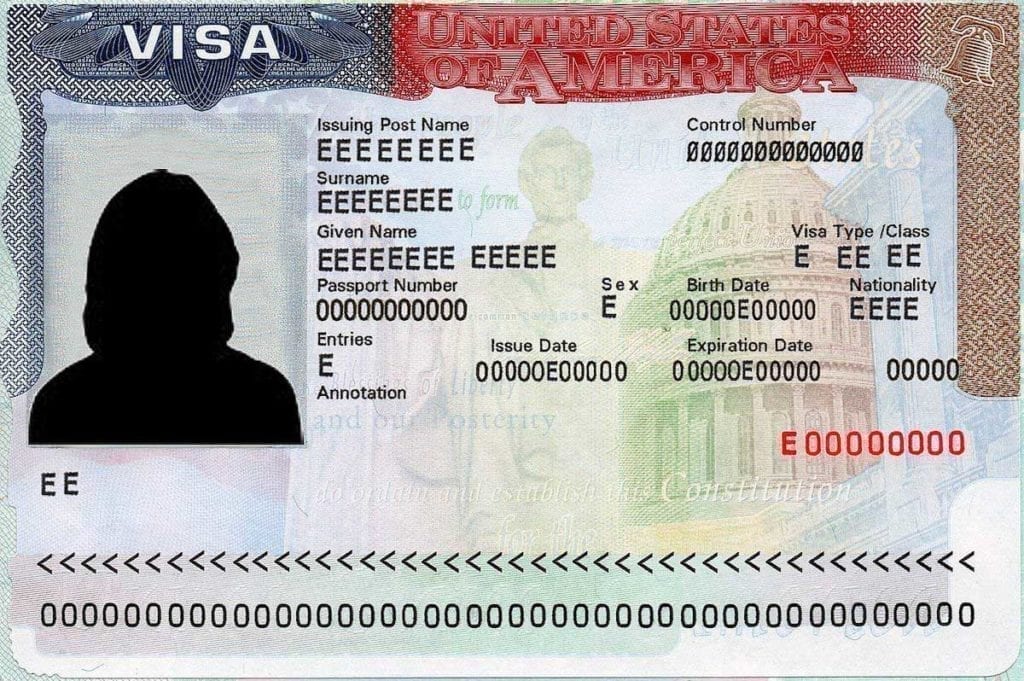
In an more and more interrelated world, global mobility is material for individuals seeking new opportunities, whether for work, training, leisure time, or syndicate. At the spirit of this movement is the visa, a document that grants permit to enter, domiciliate in, or move through through a body politic. Despite their importance, visas can be a germ of mix-up and complexness. This clause delves into the various types of visas, the application processes involved, and how the Bodoni font landscape of visas influences global mobility in the 21st century.
Understanding Visas: What Are They?
A visa is an functionary mandate from a politics that permits a nonnative subject to put down, stay, or pass through through a nation. It is typically placed in the recommendation or obtained as an physics document, depending on the state s policy. Visas are not always required for entry, as some countries have SAUDI ARABIA VISA FOR CHILDREN agreements with others, particularly within regions like the European Union or the Schengen Area. However, in many cases, travelers must employ for a visa that matches the purpose of their visit.
Types of Visas
Visas are classified based on their purpose, duration, and the conditions of stay. Here are some of the main types:
-
Tourist Visas: Designed for individuals who wish to travel for leisure or rubber-necking, tourer visas are usually short-circuit-term, typically ranging from a few weeks to a few months. They are not meant for employment or stage business activities.
-
Business Visas: These are given to individuals travel for business purposes, such as attention meetings, conferences, or negotiating contracts. They are often short-term but may want proofread of a byplay relationship or invitation.
-
Student Visas: Students wishing to study abroad must utilise for a scholar visa, which in general requires registration in an educational mental home. Student visas are often unexpired for the length of the meditate programme, and some countries allow holders to work part-time while perusal.
-
Work Visas: Work visas allow individuals to be exploited in a strange land for a particular time period. There are numerous subcategories under work visas, including temporary worker worker visas, intra-company transpose visas, and visas for skilled workers, each with its own requirements.
-
Family Visas: These visas are issued to family members of individuals already residing in a res publica, whether as citizens or permanent wave residents. Family visas allow spouses, children, and sometimes parents to join their relatives in the host country.
-
Transit Visas: If you re passing through a body politic on your way to another terminus, you may need a transit visa, which allows short girdle(typically a few days) to transfer flights or trip across the state.
-
Immigrant Visas: These are planned for those seeking to reside for good in a res publica. Immigration visas want more support and downpla checks and may include family sponsorship or sponsorship processes.
-
Refugee and Asylum Visas: Issued to individuals fleeing persecution in their home countries, these visas allow them to seek sanctuary and protection in another nation.
The Visa Application Process
Obtaining a visa is often a multi-step process that requires careful tending to detail. While the specifics vary from one state to another, most visa applications watch over a synonymous subprogram:
-
Determine the Right Visa: Before applying, individuals must which type of visa is appropriate for their travel purpose. This can be done by consulting the embassy or s internet site, where requirements and guidelines are clearly defined.
-
Gather Required Documents: Common documents for visa applications admit a valid passport, proofread of business stableness, invitation letters(if applicable), and jaunt itineraries. The necessary support varies by visa type and destination land.
-
Complete the Application: Most countries now offer online visa applications. The forms typically bespeak subjective details, travel plans, and the reason for visiting. Some countries may also require biometric data, such as fingerprints or photographs.
-
Attend an Interview: In many cases, applicants must see an in-person interview at the or . The interview assesses the applicant s intentions and verifies the authenticity of their documents.
-
Wait for Approval: After submitting the application, individuals must wait for processing, which can take from a few days to several weeks, depending on the type of visa and the country. Some countries volunteer accelerated processing for an additive fee.
-
Visa Issuance: Once authorized, the visa is issued. For some countries, this might need a physical spikelet or stomp in the passport, while others use electronic visas(eVisas).
Modern Trends in Global Mobility
The 21st century has seen substantial changes in world-wide mobility, with visa policies evolving to meet new demands. Technological advancements have efficient visa application processes, allowing for online applications and eVisas in many countries. However, these changes also come with their own challenges, such as magnified surveillance and data-sharing between countries.
Additionally, shifting government dynamics and the rise of populism have led some countries to impose stricter visa policies, particularly regarding in-migration and asylum seekers. On the other hand, countries like Canada and Australia have enforced more welcoming programs for proficient workers and international students, recognizing the worldly and cultural benefits of worldwide natural endowment.
In ending, SAUDI VISA DOCUMENT REQUIREMENTS s are requisite tools in facilitating international travel and global mobility. Understanding the different types, the practical application processes, and the implications of modern font visa policies is crucial for anyone navigating the complexities of international front. As the world continues to develop, so too will the systems that govern the exemption of front, making it more momentous than ever to stay well-read and equipped.
